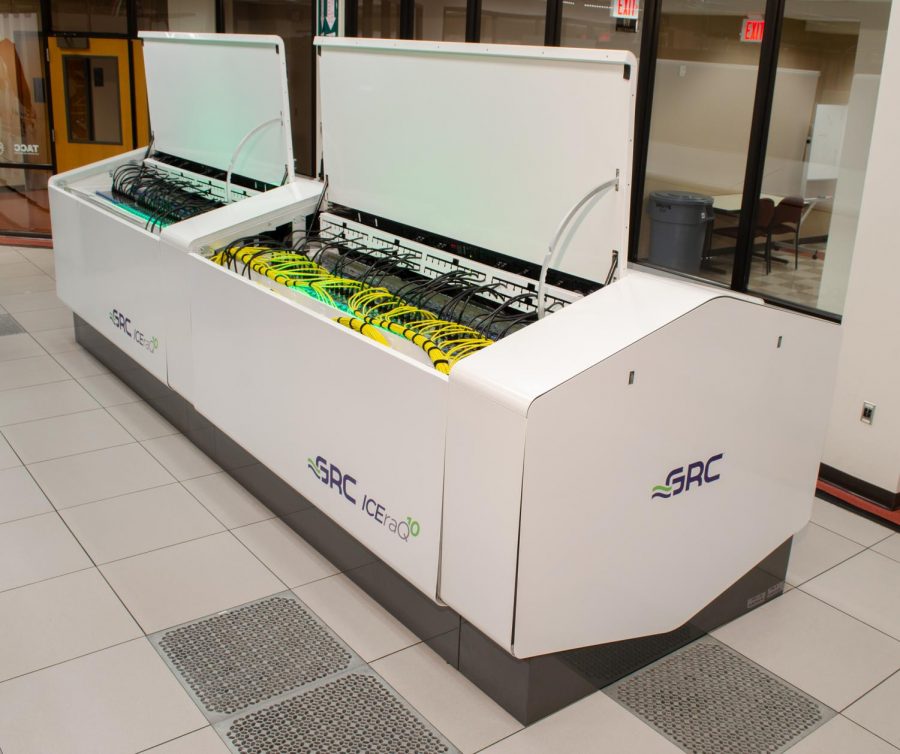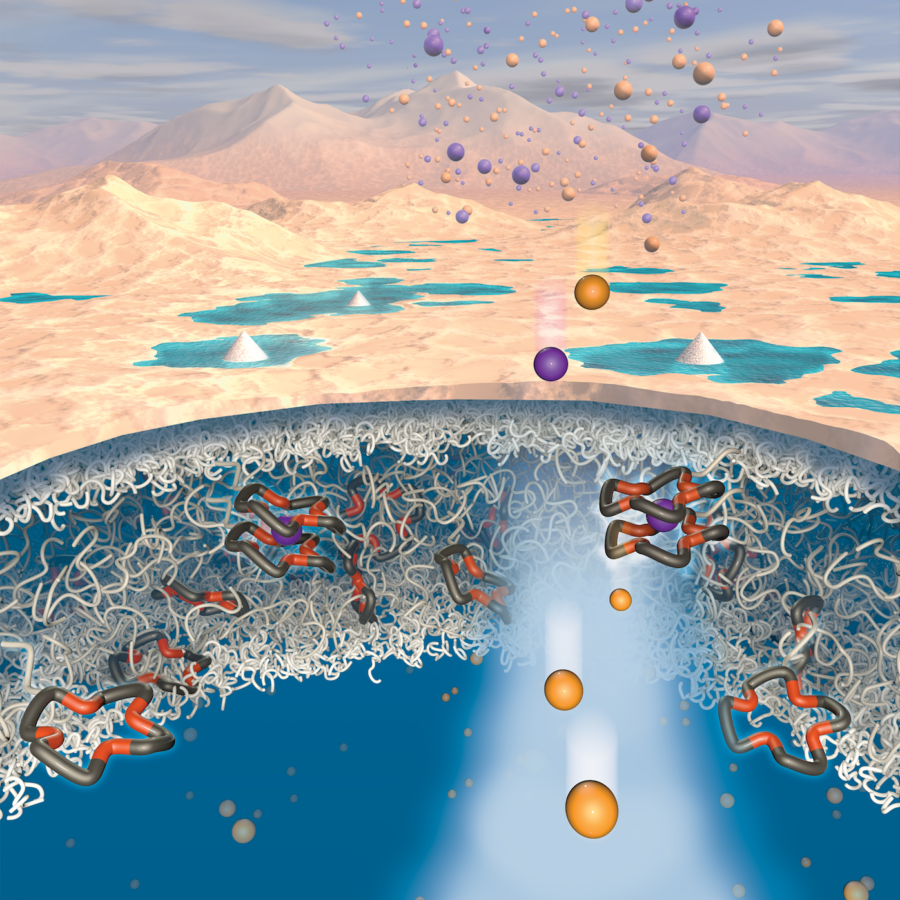Vibranium, a fictional metal that can store and transform more energy than any known substance, is pretty super. It’s so super that it composes Black Panther’s suit and Captain America’s shield in Marvel comics. According to University of Texas engineers, the properties of vibranium are possible but very improbable outside of Wakanda.
Although “Black Panther” made vibranium go viral, the substance first showed up in the 1996 “Daredevil #13” comic book. It was introduced as a distinct metal, or isotope, of Wakandan vibranium.
Properties of the metal include the ability to absorb kinetic energy, or energy in motion, at extremely efficient levels. The metal is weaved into Black Panther’s suit, making him virtually unstoppable. It also powers Wakandan technology, enabling them to be a highly advanced society.
Mechanical engineering professor Eric Taleff said vibranium’s properties are plausible but there is little possibility that scientists can manipulate energy to this extent.
“[Vibranium] sounds quite magical,” Taleff said. “Of course, none of those things are realistic, but it sounds cool. It could be plausible that energy could exist like that but … if you want to take that nice, magical idea of storing kinetic energy … there are many challenges.”
Mechanical engineering professor Michael Haberman said there could be a vibranium-like substance in the future.
“It may be possible to recover and use some of that energy since it’s very similar to an idea known as energy harvesting, where we use random mechanical energy to generate electricity,” Haberman said. “But it will be a long time in the future before we can make anything remotely similar to vibranium.”
It’s a well-known principle: Energy cannot be created nor destroyed. According to Taleff, something has to be done with the energy that hits the vibranium in Black Panther’s suit. He said you could use a chemical reaction to molecularly break down the energy into something different, which is how batteries work. Or, Taleff said, you could use elastic compression, which is how a spring works.
“A spring … is a storage device of kinetic energy,” Taleff said. “The energy has now been converted into potential energy as an elastic compressional string compresses… I think it would be a much more complex problem for a supersuit geometry.”
According to Marvel’s official website, vibranium “absorbs all vibratory energy (i.e., sound) in its area, as well as kinetic energy directed at it” and stores energy as more of a compressional force than as a chemical reaction. Haberman said this claim is improbable.
“The possibility that something like this exists is definitely zero and making something like this is also highly unlikely,” Haberman said. “What makes it so unlikely is that what is depicted in the movie is a material that seems capable of absorbing huge amounts of energy in a very small volume.”
According to Shuri, Black Panther’s sister who makes his suits, there are limits to the capacity for which vibranium can store energy. In the “Black Panther” movie, Shuri said the suits can sometimes accumulate too much kinetic energy, producing an explosion.
According to Taleff, energy is often converted to heat in real life situations. So if a vibranium suit was possible, a blast like this would certainly be a fiery reality.
“You can also convert energy by absorbing it and converting it into something else — usually heat,” Taleff said. “If you have a car crash, you can walk away from it because the steel, automobile structure is designed to crumple and permanently deform. In that permanent deformation, you lose your car … but it keeps people alive today.”
Taleff said in this way, higher-end steels and aluminium are closest to a real world vibranium because they can absorb a lot of energy and are lightweight.
“If you have your superhero suit, you would have to have a suit that absorbs the energy, but then it would crumple like a car,” Taleff said. “It is the reusability that would be the part difficult to replicate in reality.”
For now, how Black Panther avoids becoming a cracked panther is a scientific secret only Wakanda holds.





















